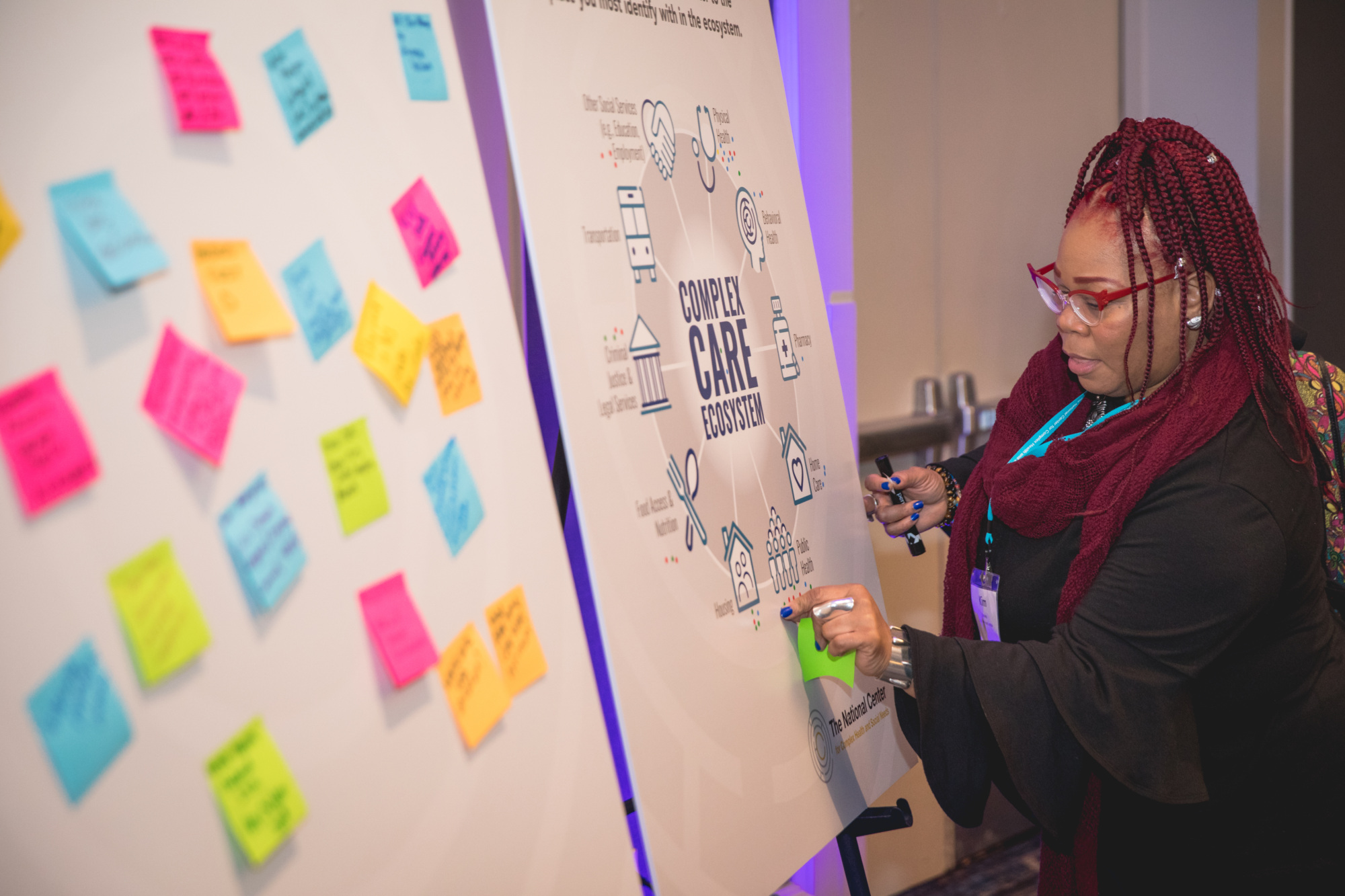A roadmap for effective community engagement in healthcare: Final report from INSPIRE Phase 1
Community & consumer engagement Strengthening ecosystems of care
Community & consumer engagement Measurement & evaluation Policy & advocacy SDOH & health equity

There are incredible demonstrations of community engagement happening in health systems around the country, but it takes making mistakes — and learning from them — to get there. Sometimes a well-intended patient focus-group fails to achieve impactful and meaningful engagement, and we have to look internally and say, what do we learn from this? Are we engaging authentically?
Understanding what rises to the standard of authentic community engagement is made more challenging when considering that community engagement happens on a spectrum (see spectrum of community engagement). While authentic community engagement can take place at any level of the spectrum, engaging in practices that are not authentic engagement erodes the chances of building a standard for sustained, productive partnerships between community members and the systems we rely on when our bodies and minds are ill.
For a long time, determining what is and isn’t community engagement has been left up to the “sniff” test — like when you open a carton of milk and check for a whiff of something not quite right. Fortunately, new, and evolving measurement systems for community engagement are emerging that can help us finally retire the sniff test. A rule of thumb when considering whether something is or is not community engagement: it is not about whether entities think they are doing a good job engaging communities, but whether communities feel engaged. – National Academy of Medicine.
Recently, at the beach, I overheard a surfing instructor say to a group of new students, “If you are going to learn to surf, you have to get in the water.” That’s true for community engagement as well. In community engagement, getting in the water means collaborating or learning from people with lived experience (PWLE). If you’re doing that, you’ve already reached a landmark milestone. So often, when health systems are initiating efforts to engage community members, perfection can become the enemy of progress. Just remember, it is easier to learn how to ride a bike when it is moving, and to learn to surf you must get in the water.
From there, advancing your practice is about setting short term goals and monitoring progress. Some enlightening questions we can ask ourselves about community engagement are:
In addition to organizations that voluntarily embrace community engagement, several healthcare entities are now required to convene committees of patient, family, or community members often called Patient/Family Advisory Councils (PFACs) or Patient Engagement Committees. Nursing homes are required to facilitate community engagement through Resident Councils, Dual Eligible-Special Needs Plans are contractually obligated to host Enrollee Advisory Committees (EACs), and state Medicaid agencies must maintain Beneficiary Advisory Councils. In short, a lot more people are getting in the water, which is great, but there are some common challenges with the council and committee approach.
First, we must recognize that volunteerism is a privilege and many of these committees do not provide monetary compensation to their members. Many of these councils fail to engage groups that represent the diversity of backgrounds present within the community being served — and therefore fall short in hearing the voices and perspectives that have the most to teach us about providing good healthcare. Many committees focus their time on limited conversations about individual experiences and minor issues — like facility decor and amenities — when there are far greater collaboration opportunities and discussions to have such as the safety, quality, and equity of care.
The trick to making these committees meaningful lies in agenda setting and facilitation of patient-centered co-design. The best examples of these committees:
Community engagement doesn’t have to be relegated to just stand-alone committees of PWLE. Many organizations find that a more impactful approach is engaging PWLE as advisors to existing internal committees or within specific operational units (e.g. equity committees, office of patient experience, quality departments). Here insights from PWLE may be more easily aligned to support key decision points about priority health challenges, inequities, and community needs.
Finally, thinking back to the spectrum of community engagement, it is also important to remember that community engagement doesn’t have to happen behind the walls of a clinic or hospital — it can (and probably should) also happen in coffee shops, community health fairs, listening sessions, and in partnership with community-based organizations.
Some examples of weak or limited engagement, so we all have a chance to learn and grow:
Getting in the water, and meeting the community where they are, is the pillar from which to build an authentic community engagement program. And now there’s a roadmap for how you get in there.
The project of defining and implementing authentic community engagement has made a massive leap forward with the publication of “A roadmap for effective community engagement in healthcare,” a new report from the INSPIRE project. The report synthesizes a year of research into both a snapshot of the current state of community engagement in healthcare and a set of recommendations for how healthcare leaders and staff, PWLE, policymakers, and more can move forward together.
I was honored to be a part of the team that put this roadmap together. And we’re not done yet – the next phase of INSPIRE will be to create tools that help turn the vision we laid out into a reality. Stay tuned!
Community & consumer engagement Strengthening ecosystems of care
Community & consumer engagement Quality improvement SDOH & health equity
Building the complex care field Community & consumer engagement Strengthening ecosystems of care
Community & consumer engagement Strengthening ecosystems of care
Building the complex care field Community & consumer engagement





